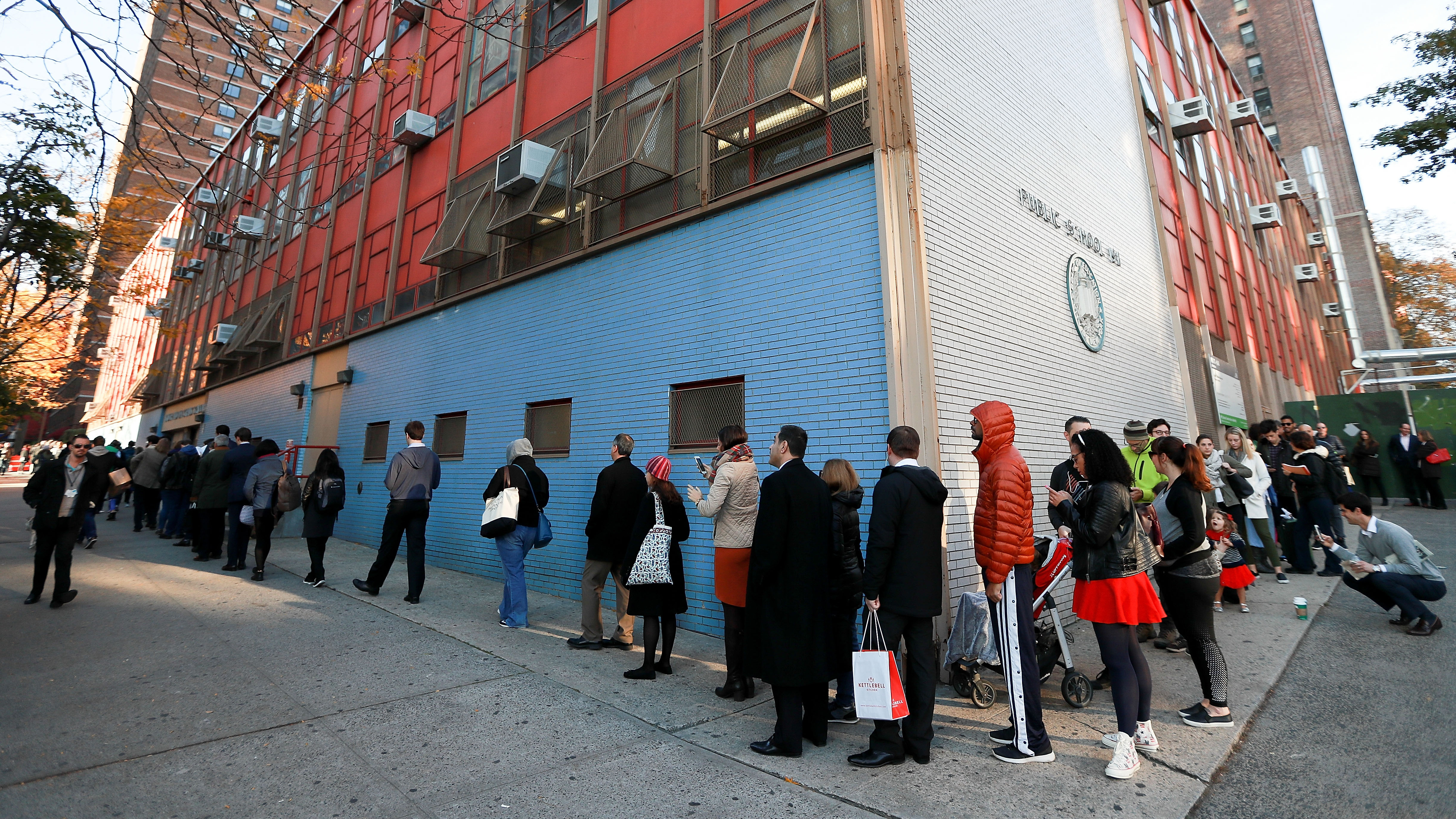More money, more voting?
Minimum-wage increases lead to higher election participation.

A study by MIT political scientists has found that higher minimum wages make people more likely to vote—especially if they are low-wage workers, who are typically underrepresented in elections.
Associate professor Ariel White and doctoral student Zachary Markovich examined the voting records of New York City public employees before and after the city enacted minimum-wage increases in 2014 and 2015. Then they compared the changes in voting among minimum-wage workers with turnout patterns among those unaffected by the raises. “If everybody’s turnout changes from one year to another, we’re accounting for that,” White says. They found that voter turnout increased two to three percentage points among those earning close to the minimum.
Next, they examined county-level data collected across the US from 1980 through 2016. This showed a similar trend in more places over a longer period of time.
One factor helping them tease out an effect is that state minimums vary widely, from $5.15 to $15.20 per hour. Twenty-seven states and the District of Columbia have raised their minimum wages since 2014. That let them compare states that increased their minimum wage to ones that didn’t.
The researchers have hypotheses about why voting increases with minimum wages. “One is the possible material or logistical changes that happen when people make substantially more money [and can] afford stable housing and regular transportation,” White says. “When you have a little more money to live, you have a little more head space to think about going to vote.”
Another possibility: People could be changing their attitude toward government once they learn that government can raise their pay.
Keep Reading
Most Popular
Large language models can do jaw-dropping things. But nobody knows exactly why.
And that's a problem. Figuring it out is one of the biggest scientific puzzles of our time and a crucial step towards controlling more powerful future models.
The problem with plug-in hybrids? Their drivers.
Plug-in hybrids are often sold as a transition to EVs, but new data from Europe shows we’re still underestimating the emissions they produce.
How scientists traced a mysterious covid case back to six toilets
When wastewater surveillance turns into a hunt for a single infected individual, the ethics get tricky.
Google DeepMind’s new generative model makes Super Mario–like games from scratch
Genie learns how to control games by watching hours and hours of video. It could help train next-gen robots too.
Stay connected
Get the latest updates from
MIT Technology Review
Discover special offers, top stories, upcoming events, and more.